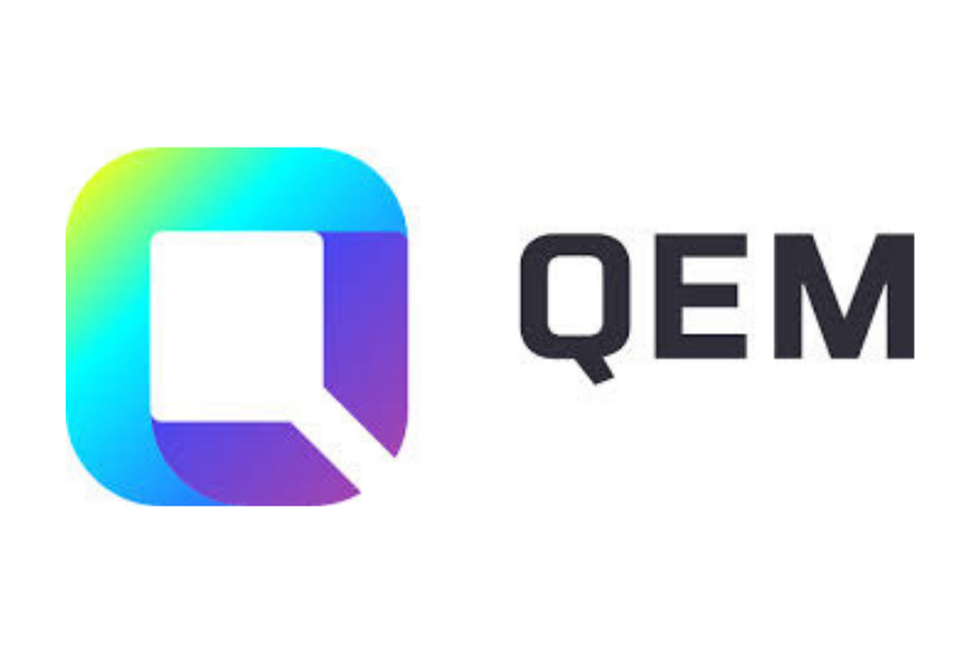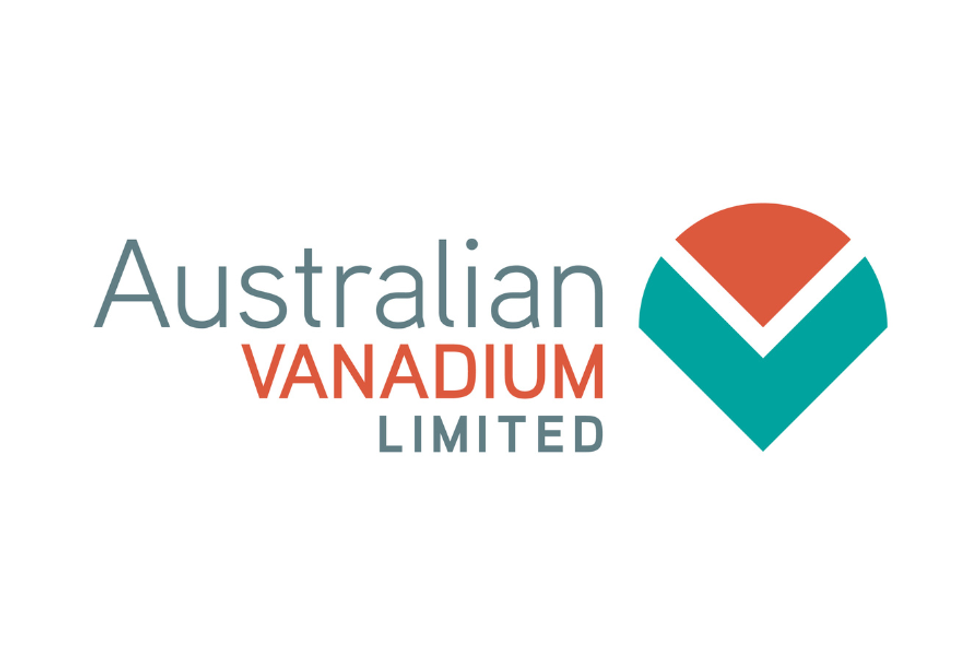Vanadium Outlook 2018: Supply Concerns and Battery Growth

Vanadium prices reached a four-year high in May. Read our vanadium outlook to learn more about what happened in 2017 and what’s coming in 2018.
After seeing some price recovery in 2016, the vanadium market fell into deficit in 2017.
According to Jack Bedder, steel alloys division manager at Roskill, low vanadium prices led to cutbacks in production, and ultimately that “caused supply to fall well below demand, creating a deficit in the market and contributing to a recovery in [vanadium] prices.”
Currently about 85 percent of the world’s vanadium is produced by three countries: China, Russia and South Africa. The bulk of the metal is either mined or produced as a by-product of steelmaking, meaning that changes in iron ore and steel market dynamics can impact vanadium production.
For example, this year’s production cutbacks were partially due to “the closure of the Kuranakh mine in Russia,” which shut due to low iron ore prices. It “did not produce any material in 2017,” said Bedder. He added that the closure of Highveld Steel & Vanadium, South Africa’s second-largest steel plant, also affected the structure of the supply chain. Highveld closed in 2015 and reopened in June 2017.
Read on to learn more about the market in 2017 and the vanadium outlook for 2018. Overall, market watchers expect market dynamics in China and demand from the battery sector to impact the space.
Vanadium trends 2017: Prices rise
As mentioned, vanadium prices were on the rise in 2017. Ferrovanadium (FeV) prices averaged $25 per kilogram in Q1 and increased to $27 in Q2. Notably, FeV prices reached a four-year high in May on supply-side changes within top vanadium producer China.
Analysts said stricter enforcement of environmental regulations in the country meant that more vanadium was being produced from ore instead of as a by-product of steelmaking. In early September, FeV prices ranged from $42.85 to $45, up 4.2 percent from August and 128 percent from last year.
Meanwhile, vanadium pentoxide (V2O5) prices increased from $5.75 per pound to $9.50 from mid-July to mid-August in Europe. In China, V2O5 prices ranged from $12.30 to $13 on August 17 — that was an 88-percent increase from $6.40 to $7 just a month earlier.
On November 20, Metal Bulletin reported V2O5 prices of $8.93 to 9.28 FOB China, and prices under $8 in Europe. In early December, V2O5 and FeV prices continued to rise in Europe, supported by steady demand and limited supply
However, prices had stabilized in the US and China at that time. On December 7, V2O5 prices were assessed at $9.10 to 9.80 FOB China , up 3.8 percent from the previous week. By December 19, V2O5 prices had reached $9.25 to $9.90 in Europe.
Vanadium outlook 2018: Changes in China
On August 17, the Chinese Ministry of Environmental Protection posted an announcement on its website noting that all four types of metal slag containing vanadium will be “forbidden” for import into China under new regulations that are expected to enter force after December 31, 2017.
The country primarily imports slag from Russia and New Zealand, and Metal Bulletin predicts that the scrap import ban will cut 4,500 to 5,500 tonnes from China’s V2O5 production annually. However, Bedder said “it is not yet clear … to what extent the ban will be enforced, or whether the material may be imported into the country under a different form — or even merely under a different description.”
At the same time, vanadium demand in China is expected to rise following a revision to the standard tensile strength of rebar products in the country; the new rules increase the vanadium content in rebar products to make them stronger. Dmitry Glushakov of investment bank VTB Capital said in August, “the new standard is dedicated to increase earthquake resistance of rebar used in construction.”
An official at the China Iron & Steel Research Institute said the move could increase vanadium consumption by 30 percent, or 10,000 tonnes per year.
Market participants also told Metal Bulletin that because of the revision, Chinese vanadium producers are expected to forgo their annual supply agreements with European buyers to prioritize domestic sales.
Vanadium outlook 2018: Battery excitement
Vanadium is used to produce high-strength steel and chemical catalysts, but much future demand excitement stems from its role in vanadium redox flow batteries (VRFBs).
“We think there’s a revolution coming in vanadium redox flow batteries,” Robert Friedland told the Northern Miner in an April interview. Among his other high-profile pursuits, Friedland is CEO of HighPower Exploration, a private firm with a controlling interest in Beijing-based Pu Neng, which has invested about $90 million in VRFB systems.
In November, Pu Neng was awarded a contract to build “the largest vanadium flow battery in China.” The project is part of the country’s efforts to move away from coal-fired power plants towards renewable energy sources in order to reduce emissions and improve air quality.
In fact, the China National Development and Reform Commission released a policy document on the issue in late September called “Guidance on the Promotion of Energy Storage Technology and Industry Development.” The document calls for the launch of pilot projects such as multiple 100-MW-scale vanadium flow batteries by the end of 2020.
The goal is to have larger-scale deployment over the ensuing five years. Friedland said the policy, “will result in vanadium flow batteries revolutionizing modern electricity grids in the way that lithium-ion batteries are enabling the global transition to electric vehicles.”
Roskill’s Bedder said, “VRFBs have reached a stage of larger-scale commercialization, as demonstrated by Rongke Power’s Dalian project. While the technology is becoming increasingly mature, it remains highly price sensitive and may struggle to compete with lithium-ion technology.”
In terms of how quickly VFRBs may gain more of the spotlight, Bushveld Minerals (LSE:BMN) notes in a December presentation that VRFBs could account for up to 20 percent of vanadium consumption by 2030.
Don’t forget to follow us @INN_Resource for real-time news updates!
Securities Disclosure: I, Melissa Shaw, hold no direct investment interest in any company mentioned in this article.
Editorial Disclosure: The Investing News Network does not guarantee the accuracy or thoroughness of the information reported in the interviews it conducts. The opinions expressed in these interviews do not reflect the opinions of the Investing News Network and do not constitute investment advice. All readers are encouraged to perform their own due diligence.

